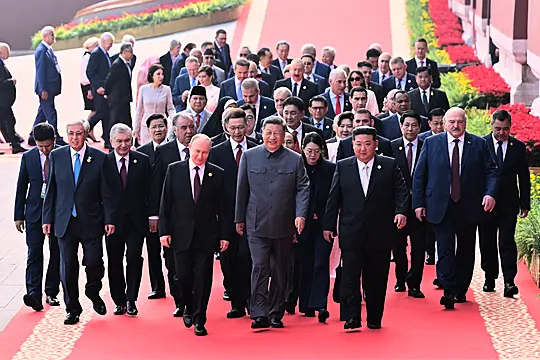In today’s fast-paced and hyper-connected world, conversations around mental health have never been more important. Stress, anxiety, and burnout are increasingly common as people juggle demanding work schedules, constant notifications, and endless streams of information. The rise of mental health awareness is not just a trend—it’s a necessity for healthier, happier lives.
One practical way of supporting mental well-being in the digital age is through digital minimalism. By managing how we interact with technology, we can create mental space, reduce stress, and foster healthier relationships both online and offline.
The Link Between Mental Health and Digital Habits
Technology has transformed our lives, but it has also contributed to information overload, constant distractions, and unhealthy comparisons on social media. These factors often increase anxiety, reduce focus, and erode real-world connections—making mental health challenges worse.
This is where digital minimalism comes in: a lifestyle approach that emphasizes mindful use of technology, helping us reclaim balance and mental clarity.
What is Digital Minimalism?
Digital minimalism encourages intentional, purposeful engagement with technology. Unlike a full digital detox, it doesn’t require quitting the online world. Instead, it’s about reducing unnecessary digital clutter and focusing only on activities that add value.
Key elements include:
- Decluttering digital environments
- Prioritizing meaningful connections
- Limiting non-essential digital tasks
Mental Health Benefits of Digital Minimalism
- Reduced Anxiety and Stress
Constant notifications and endless scrolling can fuel feelings of overwhelm. By minimizing these distractions, you create space for calmness and focus. - Improved Focus and Productivity
When you control your digital habits, your brain can engage in deeper, more meaningful work—boosting both efficiency and satisfaction. - Stronger Relationships
Being present offline helps nurture healthier relationships. Whether with family, friends, or colleagues, choosing face-to-face moments over digital noise strengthens connections that support emotional well-being.
Practical Steps to Protect Mental Health
- Limit Social Media Usage: Set daily boundaries with apps that track screen time.
- Declutter Your Digital Space: Delete unused apps, unsubscribe from unnecessary emails, and organize your digital workspace.
- Prioritize Offline Time: Dedicate moments to hobbies, exercise, or quality time with loved ones.
- Set Boundaries: Use “Do Not Disturb” modes to protect work and relaxation time.
Digital Minimalism vs. Digital Detox
|
Aspect |
Digital Minimalism |
Digital Detox |
|
Approach |
Mindful use of technology |
Complete break from technology |
|
Duration |
Long-term lifestyle change |
Temporary pause |
|
Goal |
Reduce distractions, enhance focus |
Recharge mental energy |
|
Focus |
Use tech wisely and intentionally |
Avoid all digital activities |
Why Mental Health Awareness Matters
Mental health challenges are not signs of weakness; they’re part of the human experience. Raising awareness breaks stigma, encourages people to seek help, and promotes healthier lifestyle practices like digital minimalism.
By being intentional with technology use, we can reduce stress, reclaim time, and strengthen our mental resilience. In a world saturated with information, protecting mental health is not optional—it’s essential.
Final thought: Adopting digital minimalism is more than just decluttering your phone—it’s an act of self-care. And in today’s world, caring for your mental health matters more than ever.






